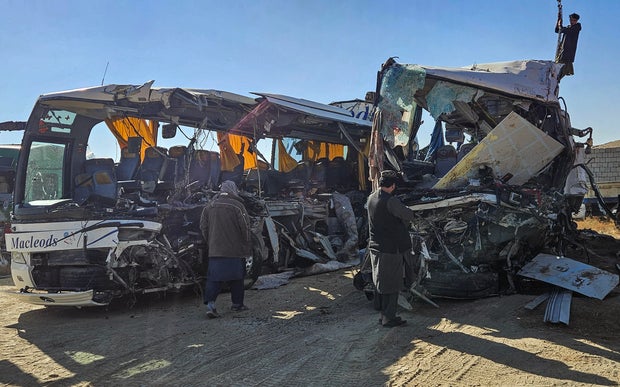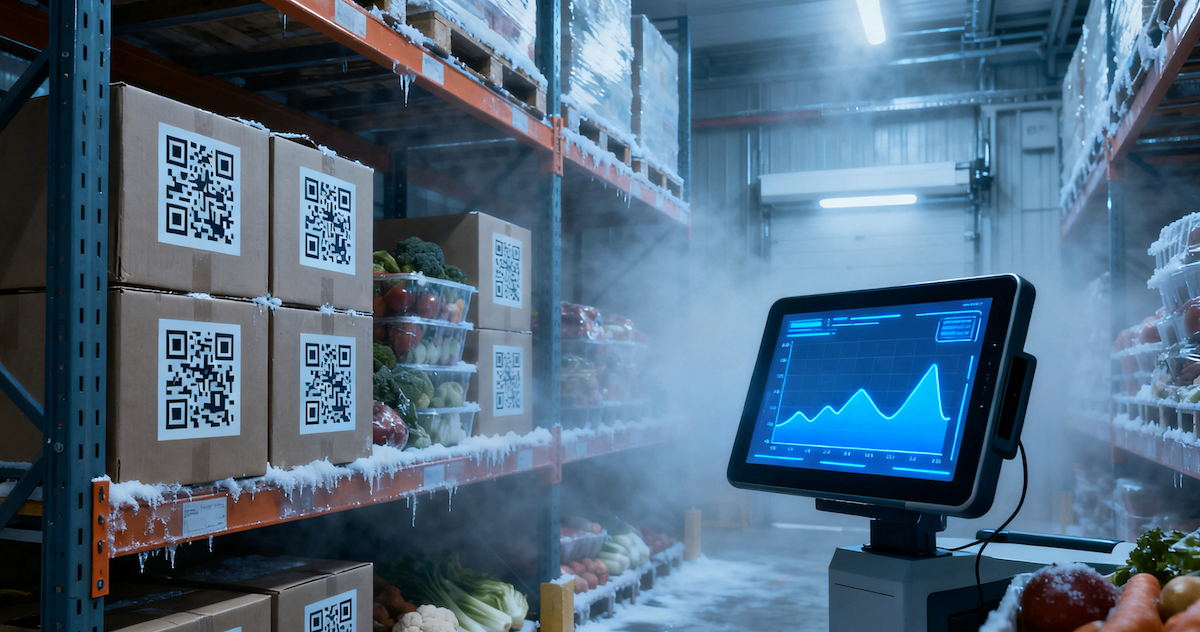Editor’s Note: The city of Flint, Michigan, remains under a state of emergency after its water supply was found to be contaminated with lead. Lead contamination particularly affects young children, 200 of whom in Flint were found to have elevated blood-lead levels. Long-term effects of lead poisoning in children under 5 or 6 may include lower I.Q., irritability and aggression.
Eric Strommer teaches fourth grade in Flint Community Schools where his students pick up a case of bottled water for their classroom each day. Despite being in the middle of a water crisis, Strommer said his students and community have shown a tremendous amount of fortitude.
I’m lucky. I teach in Flint, Michigan. Yes, I said I am lucky. I’ve been teaching for 18 years, all in the city of Flint. I get to see and interact with the strongest students in the state (second only to Detroit). Many of my kids, and they will always be my kids, face challenges daily that would make the rest of us crumble.
The kids I teach overcome inadequate housing, missing meals, having heat or electricity shut off, lack of proper winter clothing, poor diet — I could go on. These students come to school to be with friends, get a couple of decent meals, learn something and become better than they were the day before.
When the city switched to the Flint River as the source of our water, we never knew this would be the outcome. For the past year and a half we have had to deal with what started out as, “The water is different tasting than before” to “Is the water OK to drink?” to “We can’t even wash our hands with the water.” I am not here to finger point. There’s plenty of that going around and it is fairly useless.
Every day, two students from each class head to the converted teacher’s lounge to pick up a case or two of bottled water for their room. In my class, the case is placed in the front of the room. The drinking fountains have been turned off for most of the school year. Most students use up to a bottle a day.
Now, you may ask yourself, “What are they doing with all those plastic bottles?” Some are used for projects in classrooms and the STEM labs. Our class used them to make windmills during our wind unit. Most are placed in tubs in the classrooms and then dumped into big recycling bins at the end of each hall. These are picked up every other week as needed. I have to chuckle to myself when one of the self-appointed bottle police catches another student throwing a bottle away in the trash. They get a pretty good talking to.
We’ve received cases of water from families and communities outside of Flint. After the water crisis began to get national attention, a friend I went to college with — who teaches in the Wheeling, West Virginia, area — asked if there was anything they could do to help. This nice chat turned into a bottle water drive at her school. A fully loaded semi brought water to one of the area’s food banks and a rental truck with around 600 cases of water arrived at our school. A volunteer crew of eight people from Wheeling and from cities in Ohio came to help unload it. I still get goose bumps thinking of that.
We are getting cards from kids in other parts of the country sharing their support telling us we are not alone. The other week my class Skyped with middle school students in San Antonio, Texas. They wanted to know first-hand what my kids are doing to get through it all. I was so proud of my students and how they fielded questions. We have two more connections coming up with classes in Indiana and North Carolina.
I guess what I am saying is that even though this is beyond all reason and should have never come to pass, our students and families are finding ways to get through this crisis to the other side. It will not be easy. It takes dedication, creativity, accepting a helping hand and banding together.
Popular News




Current News
Manufacturing

Collaboratively administrate empowered markets via plug-and-play networks. Dynamically procrastinate B2C users after installed base benefits. Dramatically visualize customer directed convergence without
Collaboratively administrate empowered markets via plug-and-play networks. Dynamically procrastinate B2C users after installed base benefits. Dramatically visualize customer directed convergence without revolutionary ROI.





About Us
Tech Photos
























